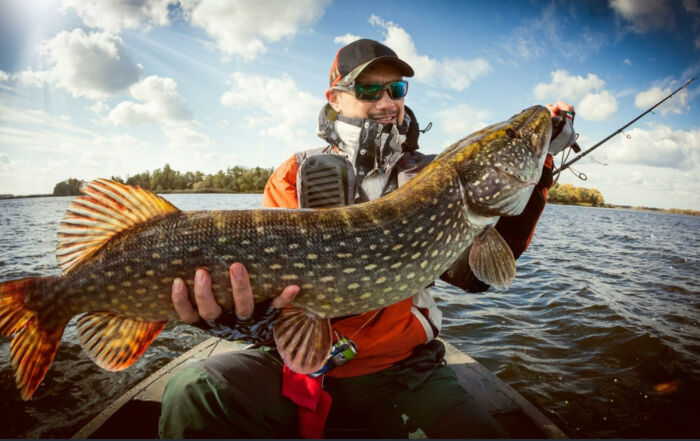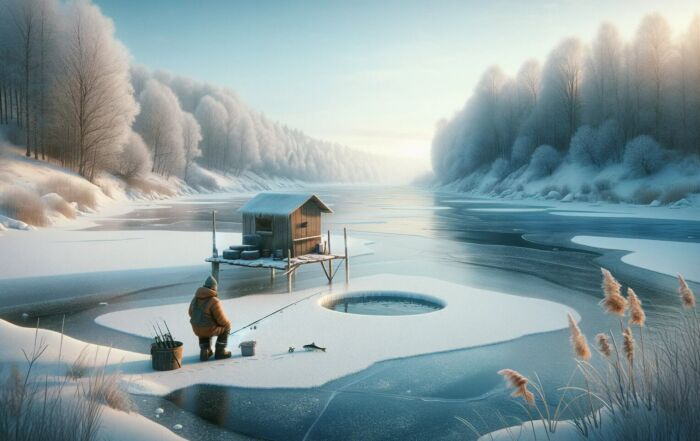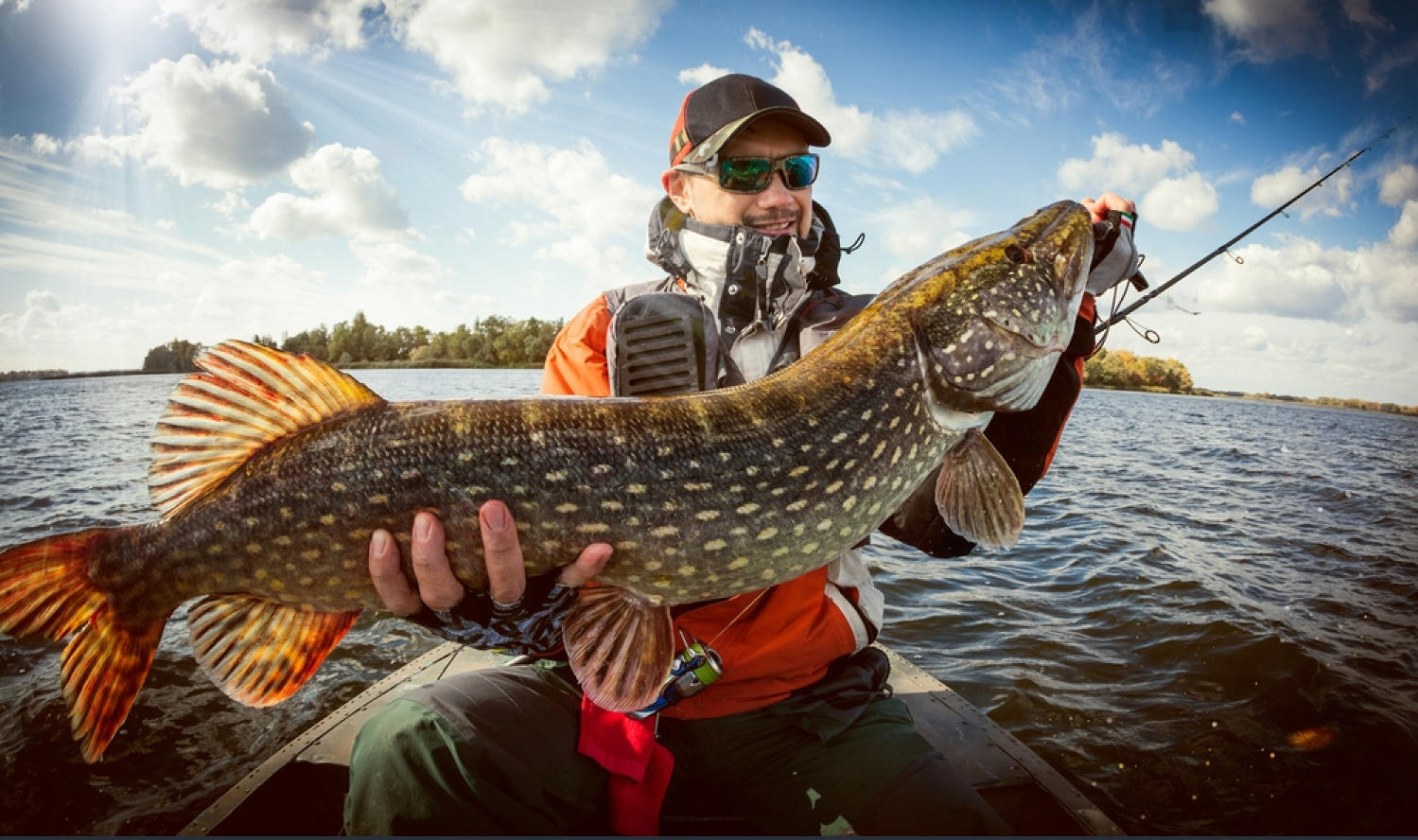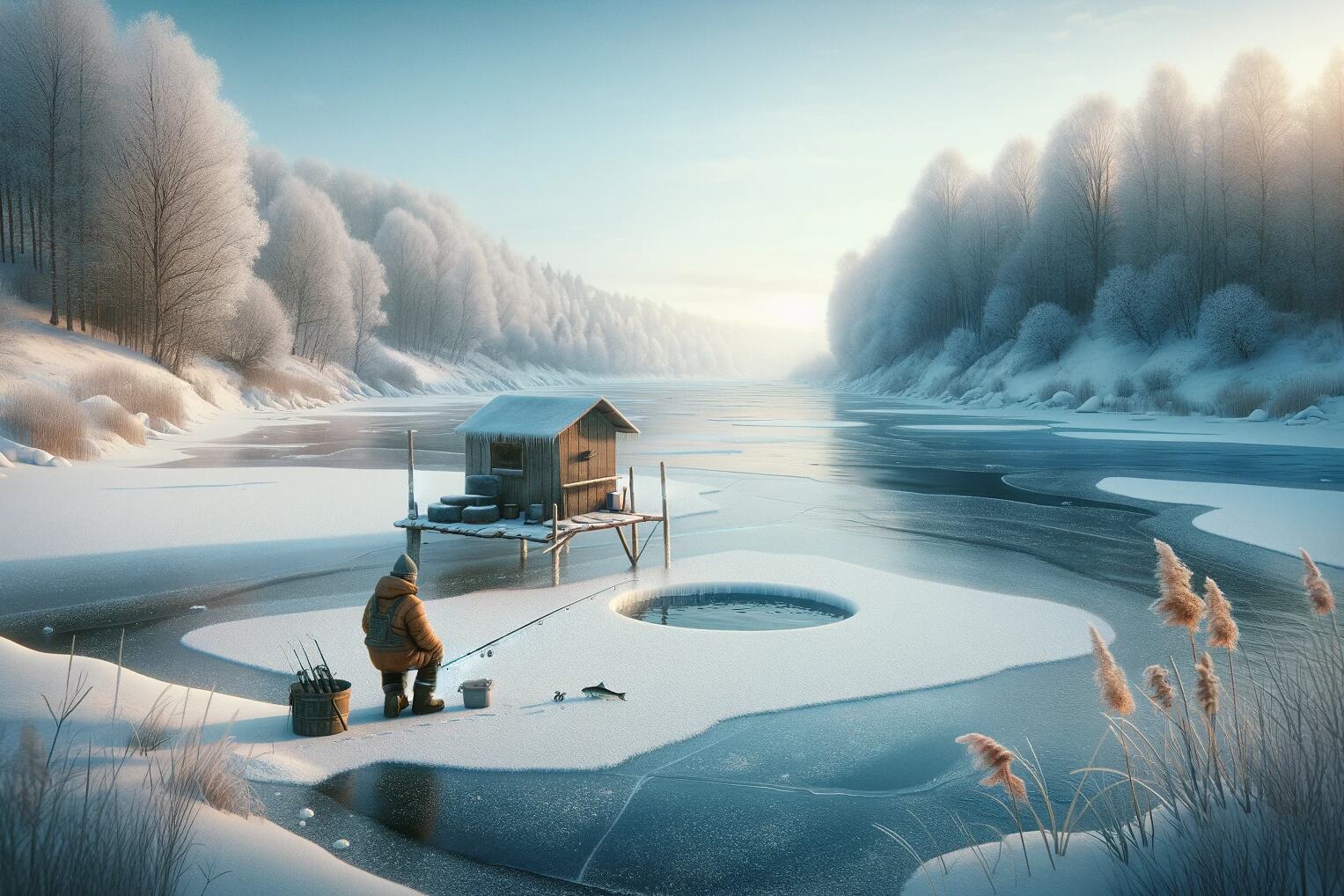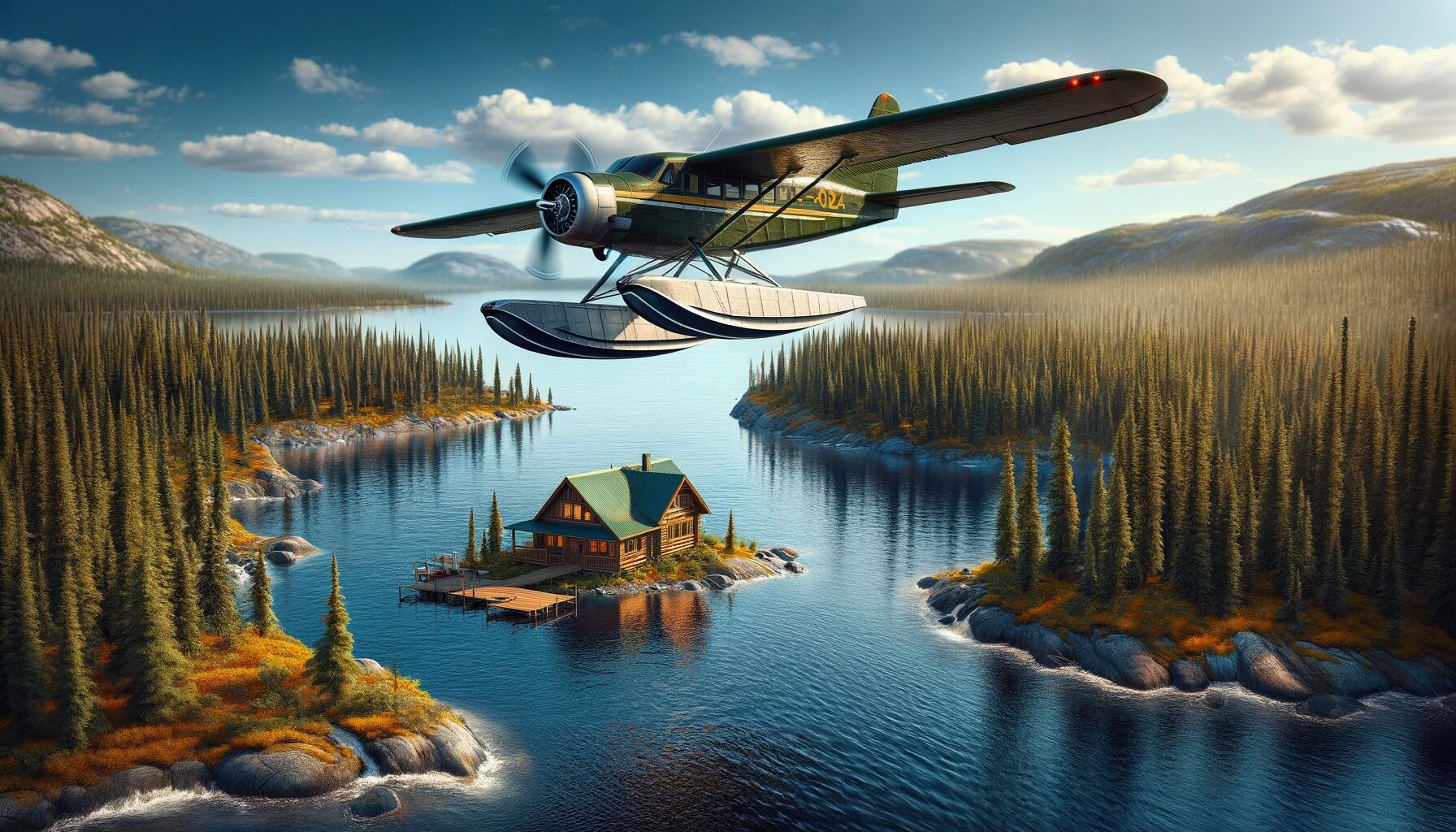Embark on an exciting journey into the world of pike fishing, where the pursuit of Northern Pike becomes an exhilarating challenge. In this comprehensive guide, we delve into the art of pike fishing, offering expert insights, proven techniques, and the finest lures to help you land these formidable aquatic predators. Join us as we explore the thrill of the catch and the importance of responsible angling practices. Whether you’re a seasoned angler or a novice, get ready to unlock the secrets of successful pike fishing and enhance your fishing adventures like never before.
Understanding Northern Pike
Prior to learning how to catch big pike, it is important to understand these fish. In North America, Europe, and Asia, lakes, rivers, and other bodies of water are home to the freshwater fish known as the northern pike. Their long, slender bodies, pointed fangs, and ravenous appetites are well-known characteristics. Pike are ambush predators, which means they stalk their victim before striking quickly. They will consume virtually anything that moves, including small birds, mice, frogs, fish, and frog eggs.
Pike can reach amazing lengths and weights; some individuals can reach over 40 pounds. The majority of pike that fishermen catch, though, are between 20 and 40 inches long and weigh 2 to 20 pounds. Hence, if you want to catch a monster pike, you should aim for the bigger fish, which are usually found in deeper waters.
Tip #1: Use the Right Equipment
Using the proper gear is one of the most important fishing advice for northern pike. Due to the strength and tenacity of a northern pike, you’ll need a rod and reel to meet the challenge. For pike fishing, a spinning or baitcasting rod with medium to heavy action and a quick tip is excellent. Equip your rod with a top-notch reel with a strong drag mechanism that can hold at least 150 yards of monofilament or braided line of 20–30 lbs. test.
For pike fishing, you’ll also require a few extra accessories in addition to your rod and reel. Because handling pike can be hazardous, a strong landing net is necessary for properly landing your catch. To safely remove hooks from the pike’s mouth, you’ll also need a pair of long-nose pliers or a hook remover tool. Last but not least, make sure you have a wide variety of lures and bait that work well for pike fishing.
Tip #2: Use the Right Lures
Catching large pike requires careful consideration when selecting a lure. Although pike are ferocious carnivores that attack anything that resembles food, some lures work better than others. Here are some of the top lures for pike fishing:
1. Spinnerbaits: Because they produce a lot of vibration and flash in the water, spinnerbaits are a popular choice for pike fishing. Look for spinnerbaits that have a body that resembles a little fish or baitfish and a huge blade.
2. Crankbaits: Because they imitate the movement of a wounded baitfish, crankbaits are another good pike lure. Seek out crankbaits with deep-diving lip sizes that can reach the depth at which pike are feeding.
3. Topwater lures: Pike fishing with topwater lures is exciting because you can see the pike strike on the surface of the water. Look for topwater lures that resemble mice, frogs, or other small creatures that pike enjoy eating.
4. Jerk baits: Jerk baits, which imitate the irregular movement of a wounded baitfish, are another efficient pike lure. Look for jerk baits with several treble hooks and a long, slim body.
Tip #3: Pike Fishing in the Right Locations
To find large pike, you’ll need to fish in the appropriate areas. Pike are often found in deeper water, close to weed beds, drop-offs, and other ambush points for their prey. Pike-like water that is between 60 and 65 degrees Fahrenheit cooler. If you’re lake fishing, consider pike fishing close to submerged objects like rocks, logs, and downed trees because pike frequently lurks in these places. Look for deeper pools, eddies, and areas of slack water in rivers where pike can relax and ambush their prey.
Ready to cast your line and reel in some unforgettable memories? Join us on a pike fishing expedition and let’s make waves together! Book your fishing adventure now!
Tip #4: Vary Your Retrieval Speed
Changing your retrieval speed is crucial when employing lures to catch pike. Because they hunt in ambush, pike frequently strikes at lures that are moving irregularly or at varying speeds. See how the pike reacts by experimenting with different retrieve speeds, such as slow, medium, and quick. To make your lure appear more natural and draw pike, try twitching it or halting it for a brief period of time.
Tip #5: Use Live Bait
Live bait can be an excellent alternative to lures for catching pike. Using live bait like minnows, leeches, or nightcrawlers can be quite productive because pike will eat practically anything that moves. To maintain your bait at the proper depth, use a slip bobber or bottom rig with a weight. When utilizing live bait, it’s crucial to use a hook that matches the size of the bait while pike fishing. For larger bait, use a larger hook; for smaller bait, use a smaller hook.
Tip #6: Be Patient
Big pike require time to catch. Only occasionally are pike active, and they might not feed when you’re pike fishing. Hence, until you discover what works, it’s imperative to be patient and persistent and to keep testing various lures and locations. Be brave, move around, check out other locations, and keep going if nothing comes your way right away.
Tip #7: Practice Catch-and-Release
Catch-and-release pike fishing is essential because pike are significant predators in many freshwater habitats and are essential to maintaining a stable balance in fish populations. To safely remove the hook from the pike’s mouth, first use a landing net. Then, handle the fish as little as possible to prevent harming it. Then, immediately release the pike back into the water and watch it swim away to make sure it is robust and healthy.
Conclusion
The pleasure of landing a large Northern Pike requires talent, endurance, and the correct tools. By employing the proper lures, fishing in the appropriate spots, and altering your retrieve speed, you can raise your chances of landing a monster pike. Keep in mind to practice catch-and-release and to be persistent and patient. You’ll be well on your way to catching a trophy-sized fish with the help of this pike fishing advice for northern pike. Have fun pike fishing!

